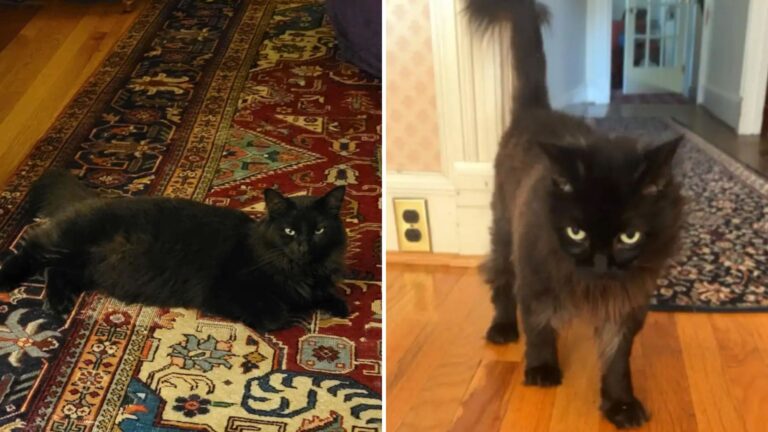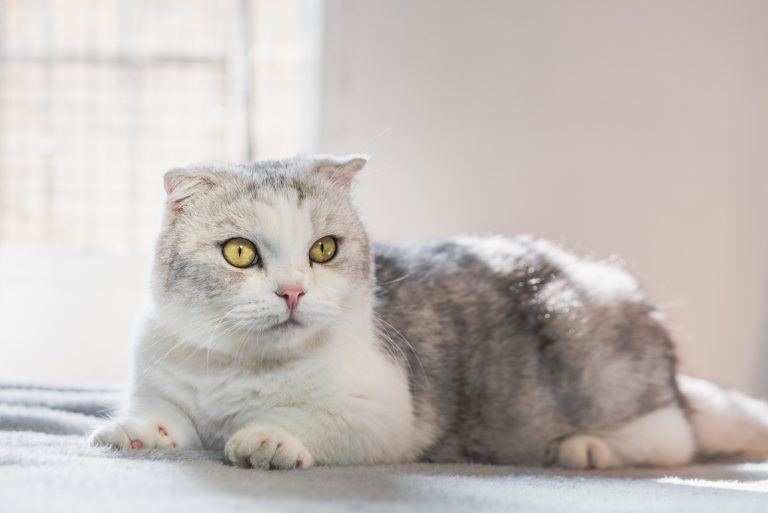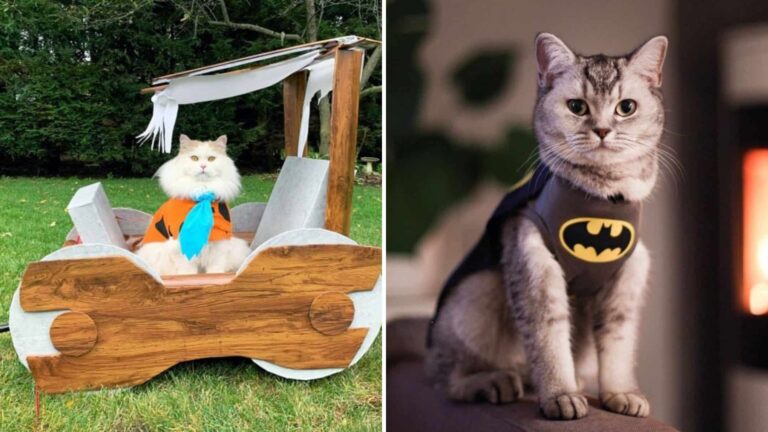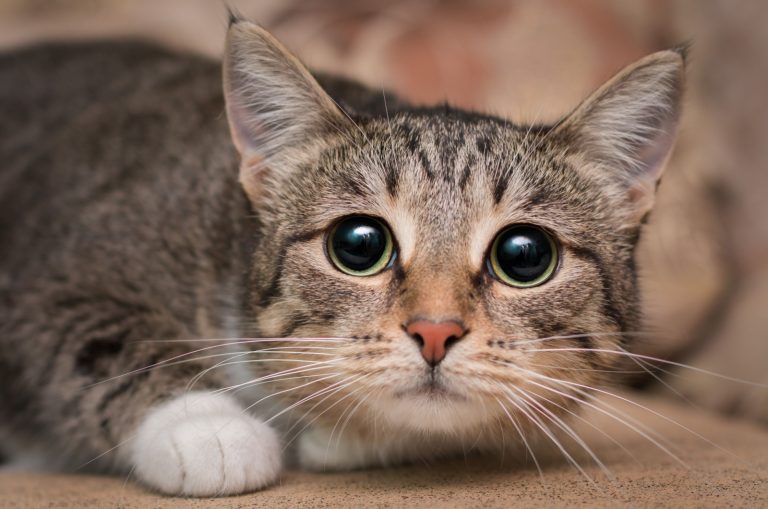Tortoiseshell Cat Vs Calico Cat, Let’s See The Difference

My grandma used to have a tortoiseshell cat, long before I even learned anything about the pattern. Let me tell you, this cat was extraordinary.
She was beyond curious, and no mouse could ever cross our front lawn. She always seemed so “grown-up” and independent. She’d come up to us for an occasional cuddle, but she was never demanding.
That was a long time ago, and today, when I see my furry babies, it seems like cats’ nature has changed completely, haha. Or maybe I just spoiled my cats too much…
Anyway, people often say that tortoiseshell cats are wise and independent, but we can’t conclude how a cat will be based solely on its fur color and pattern. Tortoiseshell and calico are popular coat patterns, let’s see how they differ.
Which Cat Is Tortoiseshell And Which One Is Calico?
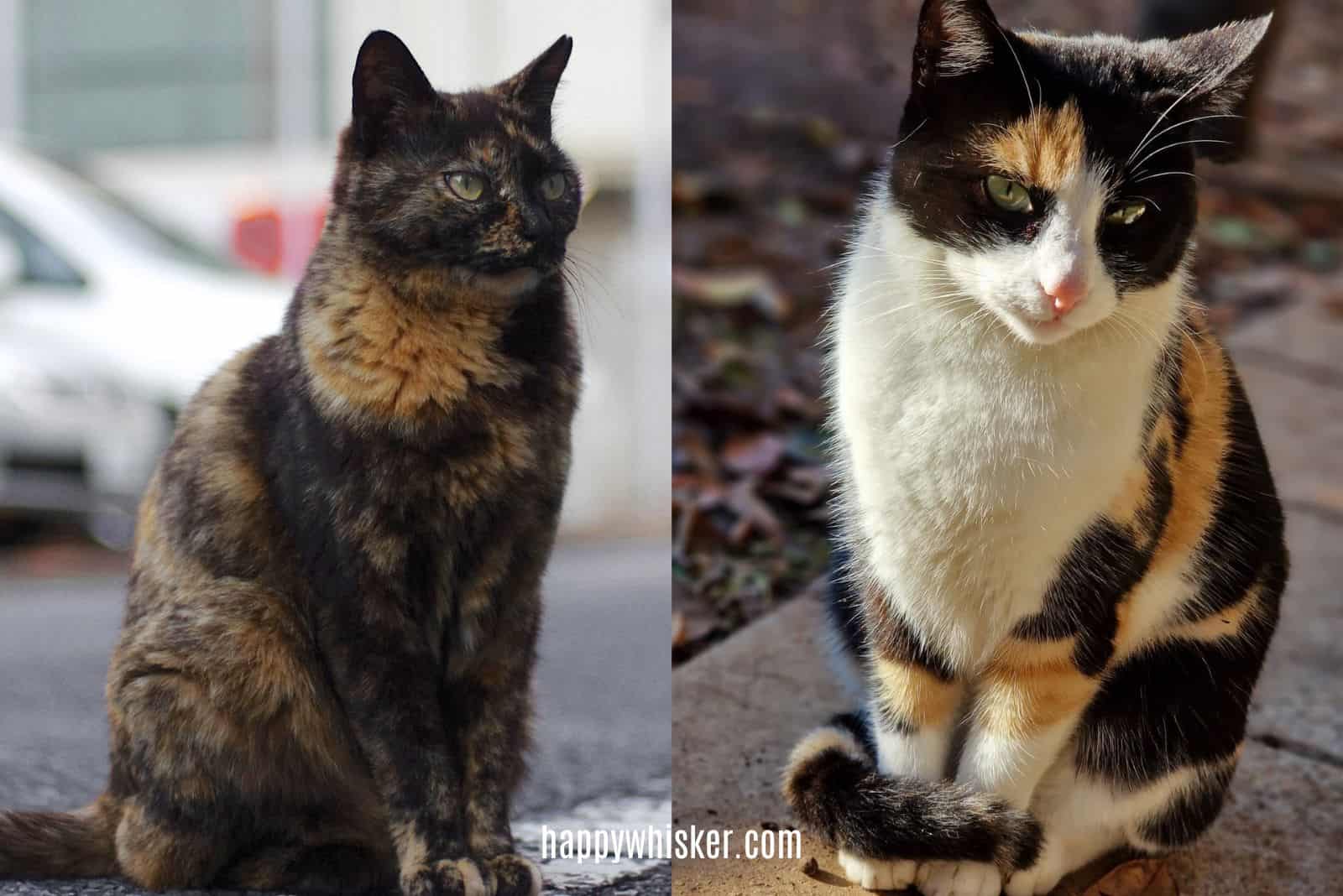
First of all, it’s important to clarify that both tortoiseshell and calico refer to a cat’s coat pattern and are not the names of cat breeds. Furthermore, both of these patterns are multicolored, so how can we discern between them?
Tortoiseshell Coat Pattern
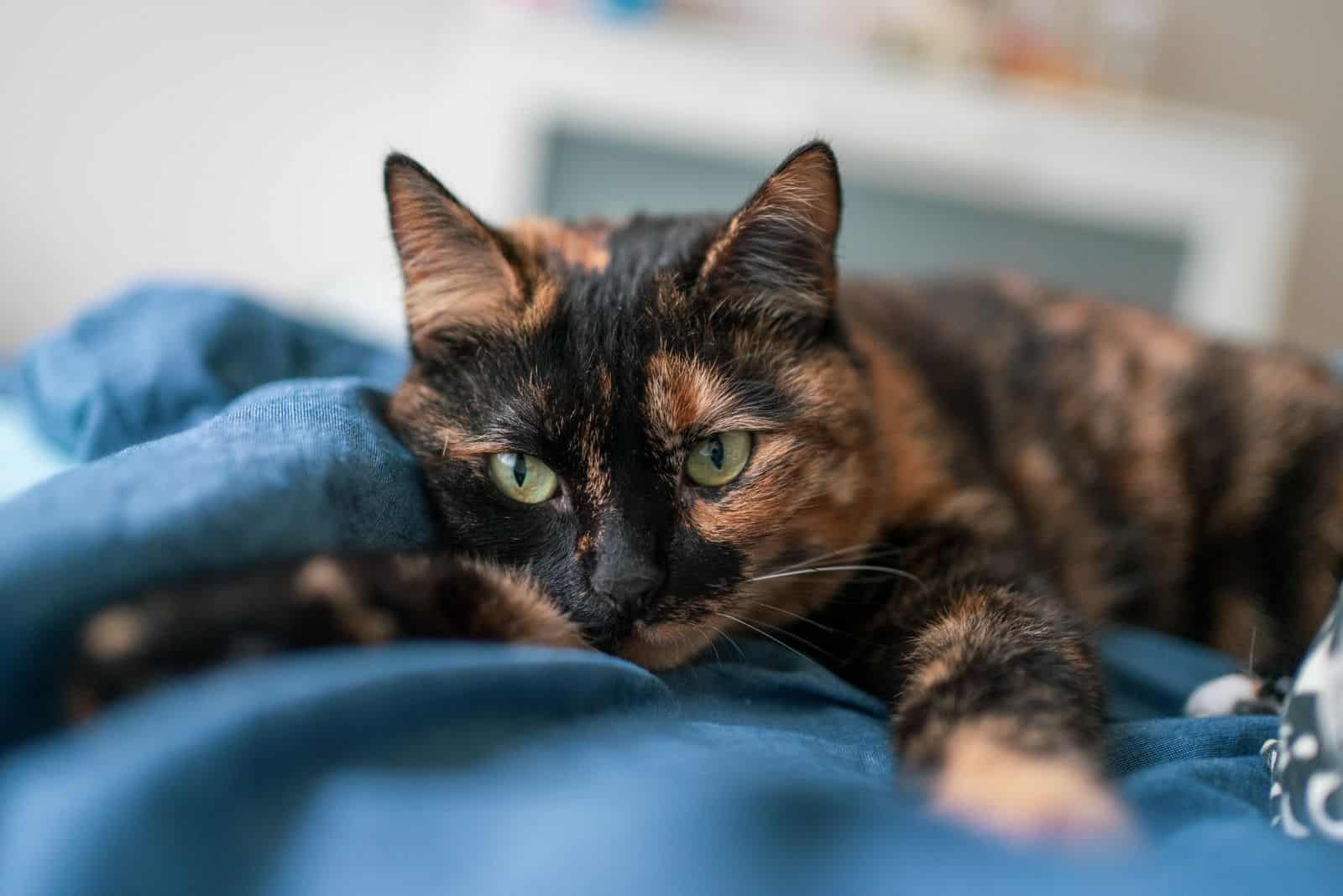
Cats with tortoiseshell coats are often referred to as ‘torties’, and their coats are usually a mixture of orange and black colors. The colors may differ in shade and dilution; they can be softer or darker.
What’s most important is that tortoiseshell cats almost never have white patches. They don’t have white colored patches in their fur. They can have small bits of white mixed with other colors, but very rarely.
Calico Coat Pattern
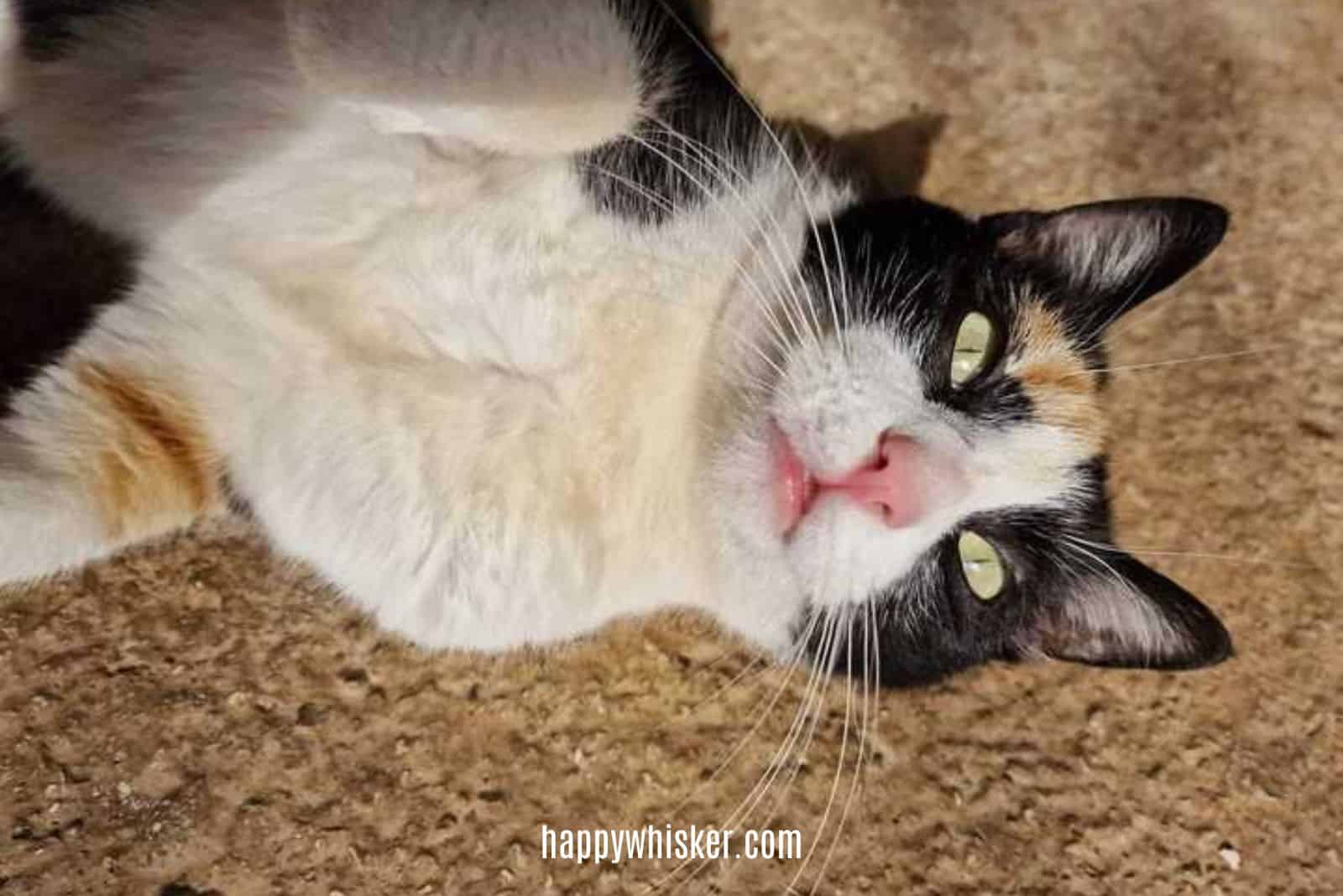
Now you understand how to distinguish between torties and calicos. A cat with a calico coat pattern will have a multicolor coat, but there’ll be some white in it.
These cats are often referred to as ‘piebald’ or ‘tricolor’ cats. They’re also referred to as ‘tortie-and-white’ cats because they usually have the same colors as a tortoiseshell cat, plus the white.
Calico cats can also have a wide range of shades and dilution of their coat colors, which is why there are different types of calico cats. Basically, all of these patterns come from genetics.
Calico cats are different from tortoiseshell cats mainly because of the white patches, and they get them due to an additional genetic condition called ‘piebaldism’.
So, There You Have It…
As is stated in the ASPCA’s article on Calico Cat Facts:
“Calico cats are sometimes mistaken for Tortoiseshell cats or Torties and vice versa. Torties are similar to Calicos in that they have black and orange coloring. However, Calicos are usually mostly white with patches of color, while Torties typically have a mainly brownish coat with streaks of colors and almost no white.”
The main difference between tortoiseshell and calico cats is the presence of white fur. Another interesting notion concerning these two coat patterns is that a cat with a tortoiseshell or calico pattern is almost always female.
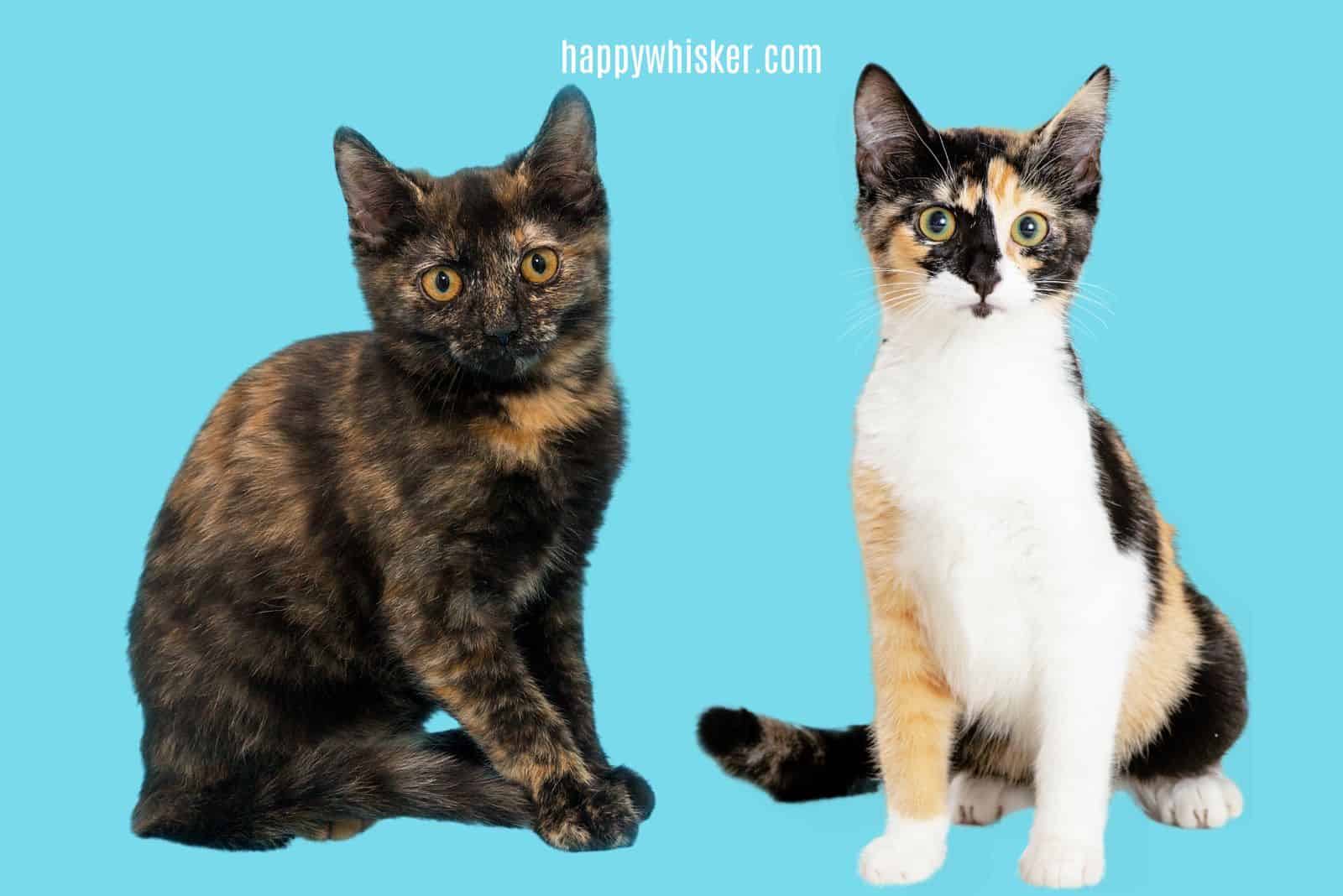
Why Is That So?
According to a study by Ruth C. Bamber, The Male Tortoiseshell Cat, a male tortoiseshell occurs once every blue moon, and he’s usually sterile. This, according to Bamber et al. is because the kitten in the womb was a female that was overturned.
They haven’t yet found an exact cause for this occurrence, but it is possible.
Likewise, calico cats are usually female because for a cat to have a tri-color coat two X chromosomes are required. Male cats have an XY pair of chromosomes, which is why they cannot have a calico pattern.
But, there’s always an exception. Sometimes, male cats have an extra X chromosome (so they have XXY chromosomes), which brings about an occasional male calico cat.
I hope you now understand the basic difference between a tortoiseshell and a calico cat. Next time you see one, you’ll know exactly what pattern it is, and also, you’ll know that it’s most likely a female cat!


